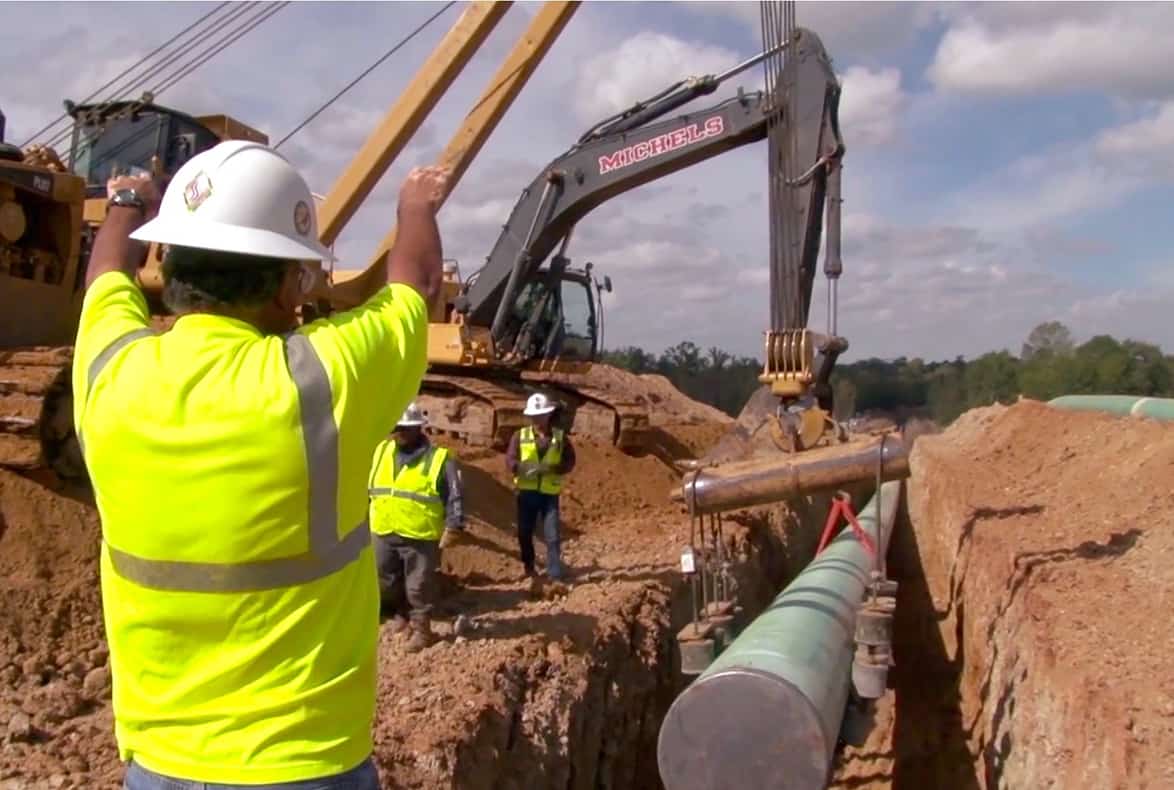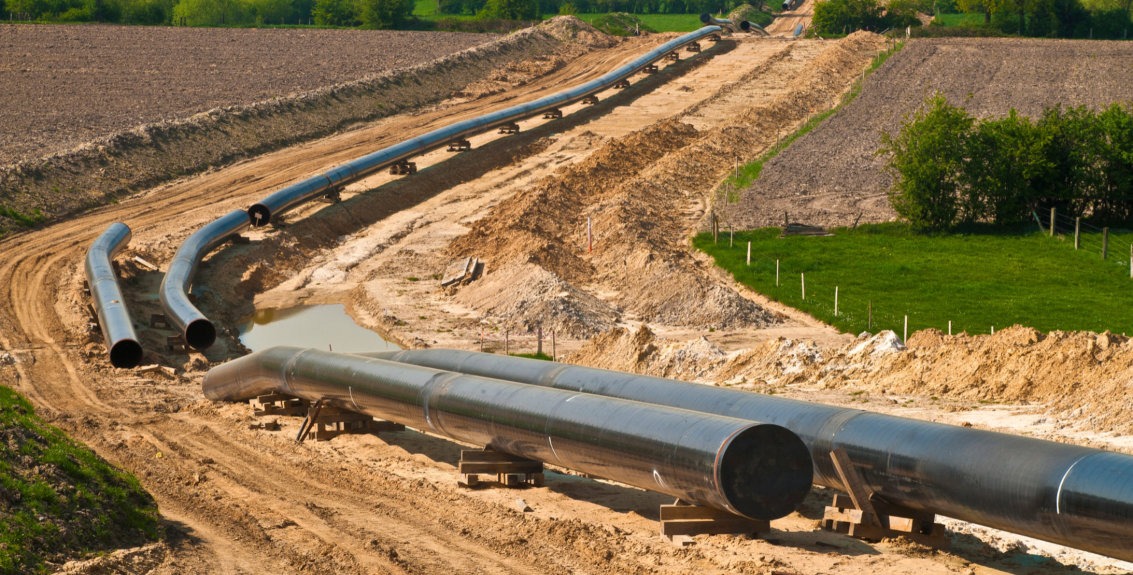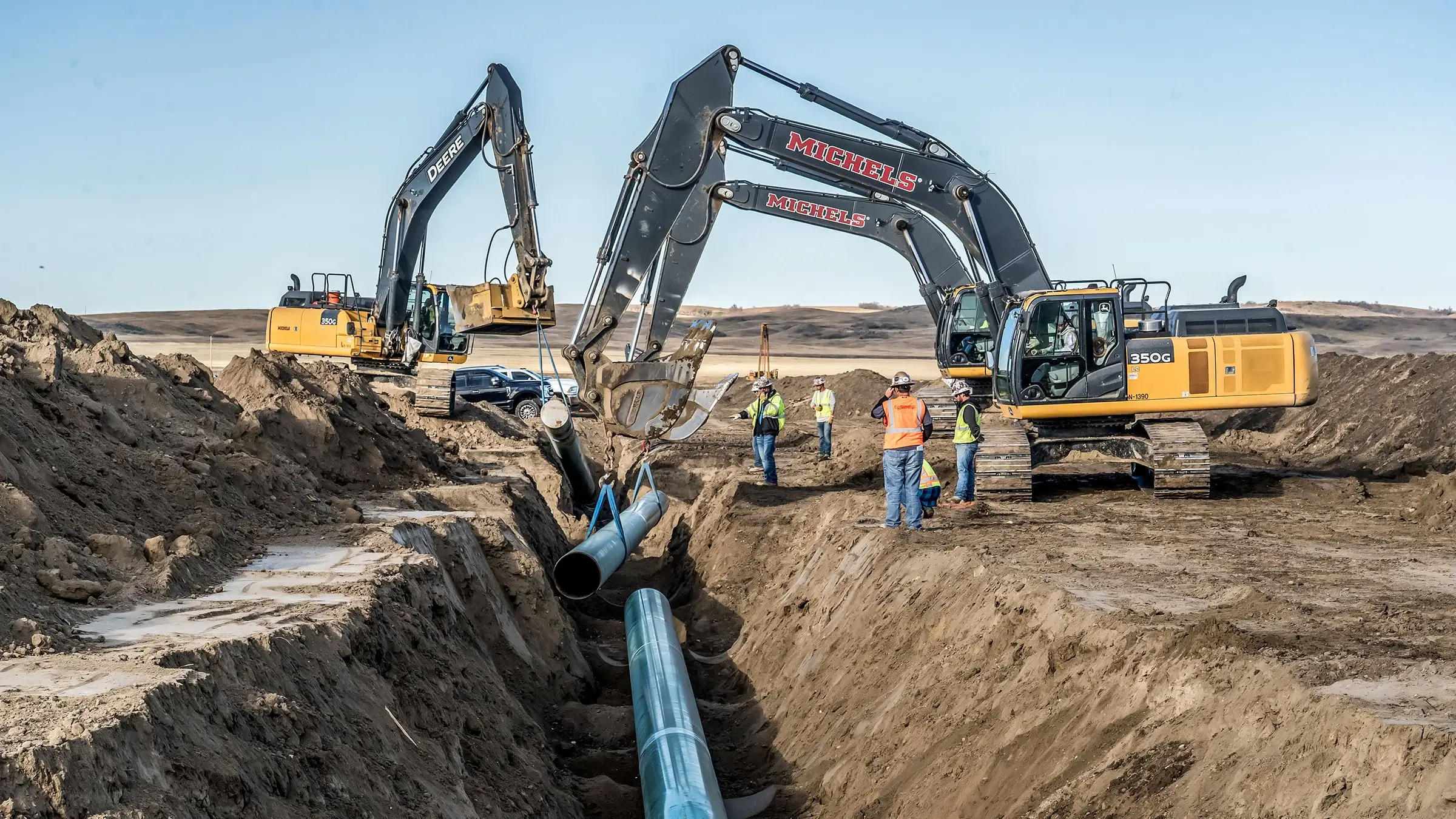Insider Tips for Safer Pipe Joining by Creek Pipe roustabout Crews
Understanding the Basics of Pipes Installation: What You Need to Understand About the Refine
Correct pipe installation is important for any type of pipes system. It calls for mindful factor to consider of different elements, consisting of product choice and adherence to regional laws. A well-planned format can avoid concerns like pressure loss, while the right tools guarantee reliable signing up with methods. However, even experienced installers can make usual blunders. Comprehending these basics can cause a more efficient and durable system, motivating a closer take a look at the crucial elements associated with the procedure.
Picking the Right Products for Pipe Installation
When taking into consideration pipe installation, the selection of suitable products is important to making sure sturdiness and performance. Numerous products are available, each offering distinct benefits and factors to consider. As an example, PVC pipes are lightweight, resistant to corrosion, and cost-effective, making them suitable for domestic pipes. Alternatively, copper pipes, recognized for their long life and ability to withstand high temperatures, are often favored for heating systems.Additionally, galvanized steel pipes supply strength and toughness, ideal for sturdy applications, although they are at risk to rust over time.For underground installments, polyethylene pipelines are favored as a result of their adaptability and resistance to anxiety cracking. Correct material choice depends on the specific demands of the job, consisting of pressure ratings, temperature level variations, and the chemical nature of the liquids being moved - Creek Pipe pipeline construction. Eventually, informed options pertaining to pipe materials add substantially to the total success and long life of plumbing systems
Understanding Local Building Regulations and Laws
Exactly how can understanding local building regulations and laws impact pipe installation? Knowledge with these codes is important for ensuring that pipe installations are risk-free, certified, and efficient. Local building regulations detail specific demands relating to products, installation methods, and safety procedures, which need to be followed in order to stay clear of possible legal problems and expensive fines.Failure to abide can result in evaluations being stopped working, hold-ups in project conclusion, and even mandated elimination of improperly installed pipelines. Furthermore, comprehending zoning legislations and laws can influence the kind of materials enabled, as well as the methods used for installation.Contractors and homeowners alike ought to invest time in evaluating local regulations before commencing any type of installation task. This positive strategy not only advertises safety and security yet likewise enhances the total top quality and toughness of the pipes system, eventually fostering lasting functionality and contentment.
Planning Your Pipe Layout and Design
Appropriate preparation of pipe design and style is essential for accomplishing a reliable plumbing system. This process begins with evaluating the specific demands of the space, considering the area of components and home appliances. Precise dimensions guarantee that pipelines are correctly routed, minimizing bends and turns that can bring about press loss.Consideration of the circulation rates and the sorts of materials used is crucial, as different materials have varying toughness and compatibility with plumbing systems. Additionally, the designer ought to account for future growths or adjustments to the format, enabling for flexibility in situation of renovations.Efficient drainage and air flow are likewise substantial parts of the design, as they prevent blockages and assure proper waste removal. Cooperation with local structure codes assures compliance and security, which is critical in any kind of plumbing installation job.
Crucial Devices and Equipment for Installation
Effective pipe installation hinges on having the right devices and devices available. Essential tools include pipe cutters for clean cuts, wrenches for tightening up fittings, and pliers for clutching and transforming pipes. Furthermore, a degree warranties pipes are set up evenly, while a determining tape help in accomplishing specific lengths.For details materials, a welding torch may be needed for copper pipes, while a PVC cutter is crucial for plastic options. Safety and security tools, such as gloves and safety glasses, protects installers from prospective risks during the process.A pipe bender can be especially valuable for producing smooth curves without jeopardizing stability, while a torque wrench guarantees that links are secured to the maker's specifications.Having these tools readily offered not just promotes a smoother installation procedure however also adds to the general durability and performance of the pipes system. Appropriate devices her explanation is important in look at this web-site accomplishing long-lasting outcomes.
Techniques for Proper Pipe Joining and Sealing
Achieving a protected and leak-free connection in between pipelines needs mindful focus to joining and sealing strategies. Different methods exist, each fit to various pipe products and applications (Creek Pipe pipeline construction). Welding is usually employed for steel pipes, guaranteeing robust connections via heat fusion. In comparison, plastic pipelines take advantage of solvent cement or combination welding, creating strong, permanent bonds.Threaded links prevail in both metal and plastic piping, requiring accurate placement and the use of ideal sealers, such as Teflon tape or pipe dope, to avoid leakages. Compression fittings supply an additional choice, where mechanical stress secures the pipelines together, making them conveniently dismantled for maintenance.Regardless of the method picked, correct prep work is necessary. This consists of cleaning pipe ends and ensuring they are without debris. Implementing these strategies faithfully will boost the longevity and integrity of the pipe system, ultimately contributing to its effective efficiency
Common Errors to Stay Clear Of Throughout Installation
During pipe installation, avoiding usual blunders is vital for guaranteeing a trustworthy and effective system. One regular mistake is failing to measure and cut pipelines properly, which can result in improper installations and leakages. Furthermore, ignoring to check the compatibility of materials can cause deterioration or various other damage gradually. Incorrectly protecting joints and connections can likewise produce weak points in the system, causing possible failures.Another typical error is ignoring the significance of slope and drain; pipelines should be mounted at the proper angle to find this assist in proper flow. Insufficient support for pipelines can bring about sagging and stress, affecting the honesty of the system. Eventually, ignoring neighborhood codes and guidelines can lead to costly rework and safety and security dangers. By being aware of these pitfalls, installers can significantly boost the longevity and performance of pipe systems.
Upkeep Tips for Long-lasting Pipe Equipments
To guarantee the long life of pipe systems, normal examinations and cleansing are crucial practices. These measures help identify prospective problems before they rise into major issues. In addition, employing appropriate insulation methods can better shield pipes from temperature variations and ecological factors.
Regular Evaluations and Cleaning
Routine assessments and cleaning are necessary for keeping the durability and performance of pipe systems. Routinely analyzing pipes for indications of rust, leakages, or obstructions can assist determine prospective concerns before they escalate into costly fixings. Cleaning up pipes periodically removes build-up that can restrict flow and advertise degeneration. It is a good idea to arrange assessments at least yearly, but more frequent checks may be required in high-usage environments. Making use of expert services for complete cleaning guarantees that all particles is effectively cleared. Furthermore, keeping documents of evaluations and maintenance activities aids in tracking the system's wellness gradually - Creek Pipe near me. By prioritizing these techniques, homeowner can improve the integrity and life expectancy of their pipe systems
Appropriate Insulation Techniques
Reliable insulation methods play a necessary duty in preserving the efficiency and durability of pipe systems. Proper insulation reduces warmth loss in warm water pipes and avoids cold in cool water pipes, considerably minimizing power prices and possible damages. Typical products used for insulation include fiberglass, foam, and rubber, each offering differing degrees of thermal resistance. It is crucial to assure that insulation is used evenly, covering all subjected areas without gaps. In addition, safeguarding insulation with suitable fasteners aids maintain its position and effectiveness with time. Regular inspections should be performed to determine damage, guaranteeing timely replacements. By applying these methods, pipe systems can run efficiently and have an extended service life, eventually profiting both the setting and the homeowner.

Frequently Asked Inquiries
How Do I Determine the Appropriate Pipe Size for My Project?
Determining the ideal pipe dimension involves assessing the job's flow needs, stress requirements, and the kind of liquid being transferred. Consulting style requirements and carrying out computations guarantees suitable performance and performance in the installation procedure.
What Are the Environmental Impacts of Different Pipe Materials?

Can I Install Pipes Myself or Should I Work with a Specialist?
The inquiry of whether to set up pipes individually or hire an expert frequently relies on the person's skill degree and project complexity. An expert may assure conformity with policies and decrease potential long-term issues.

How Much Time Can I Anticipate My Pipe Installation to Last?
The long life of pipe installation varies considerably, generally lasting 20 to 100 years, depending upon materials, installation quality, and upkeep. Regular evaluations and correct treatment can enhance resilience and prevent premature failures.

What Are the Indicators of a Failing Pipe System?
Indications of a failing pipe system consist of constant leaks, unusual water stress adjustments, tarnished water, mold and mildew development, and consistent wetness. Property owners must keep track of these signs to stay clear of pricey damages and warranty prompt repairs are made.